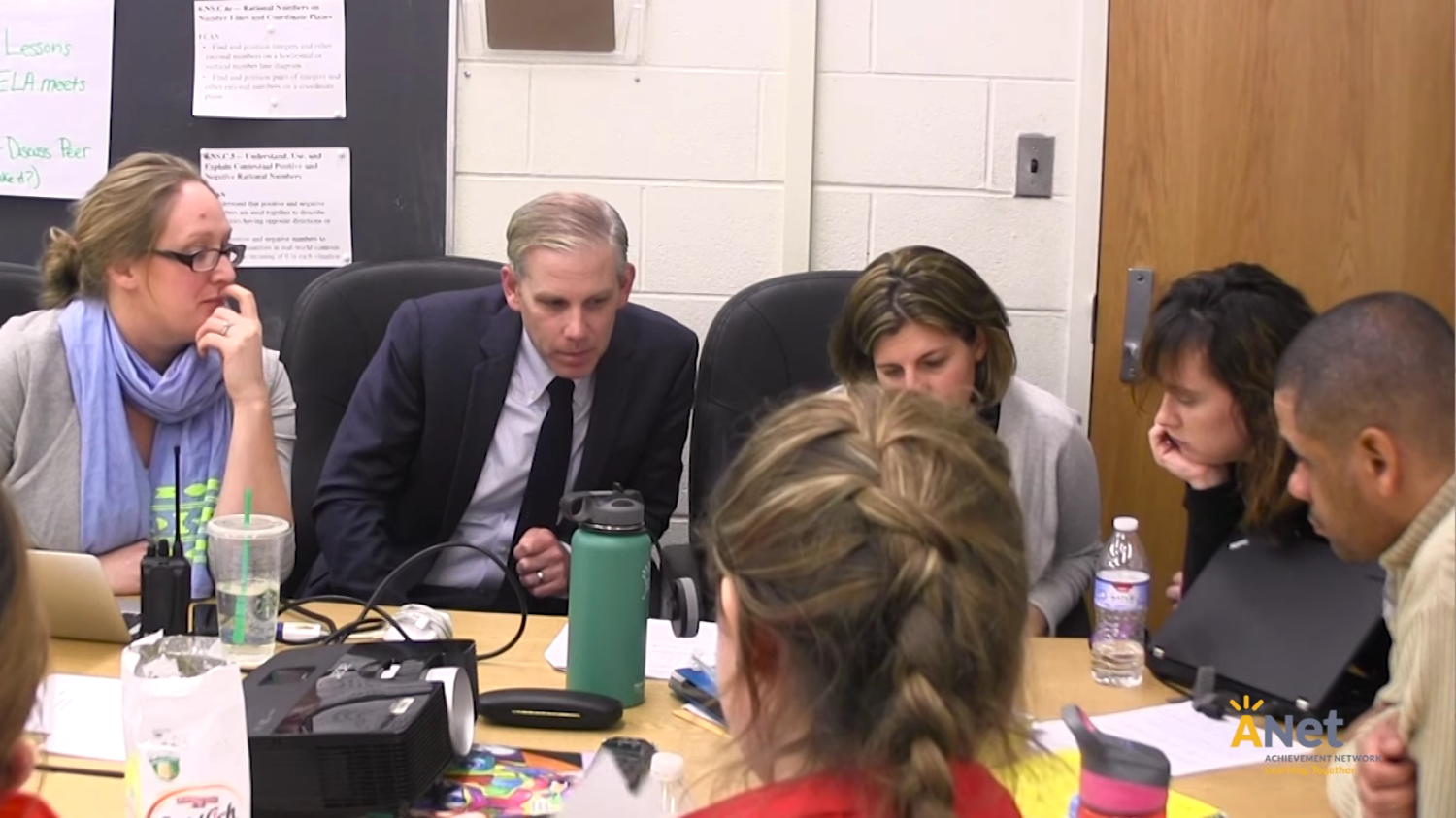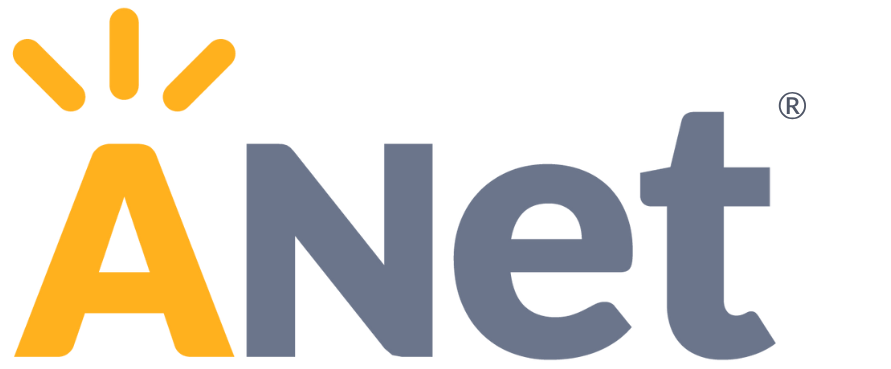by Sarah Tierney
We’ve all been there—you’re in a professional development session, wondering, “How does this relate to what I’m working with my students on this month?” or “How will this help me become a better teacher?”
.png)
When schools commit to just one or two instructional priorities and use those priorities to determine their approach to professional development, teacher improvement becomes a continuous cycle of learning and teachers are able to gauge their improvement over time.
Identifying an instructional priority with observable measures is a critical first step to ensuring teachers and leaders share a vision for what great teaching looks like. But what some of our strongest leaders recommend you do next is a key ingredient for success: Advance teachers toward this vision every chance you get, whether it’s through your observation and feedback, during planning or data meetings, or in PD sessions. When leaders seize every development opportunity to be in service of a school’s instructional priority, improvement feels cohesive and relevant, and becomes an invaluable part of what it means to be a teacher.
Click the button below to see tools and resources that will help you develop a plan to connect professional development to your instructional priority.
We’ve spent ten years learning from thousands of leaders and teachers across the country about the things that make a big difference for schools. Now, we want to give you the opportunity to do the same. We’ve organized these Lessons From the Field in our Resource Center—everything from harnessing the power of formative assessments to fostering a culture of adult learning.
Sarah is a director of new partnerships and former coach at ANet. She’s leading the Lessons From the Field project.

